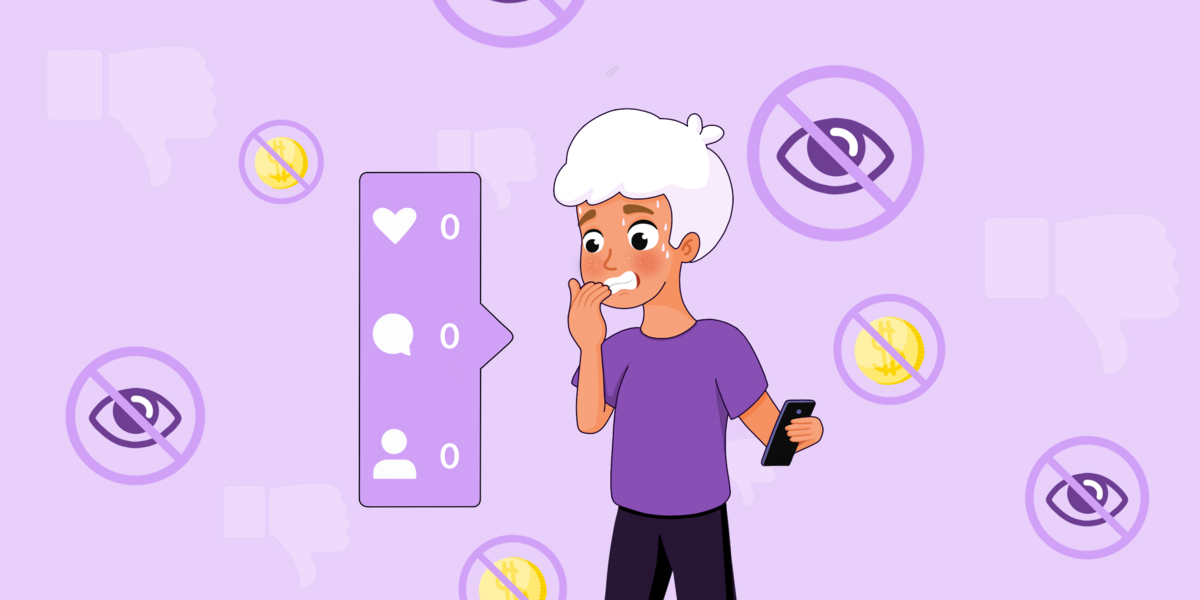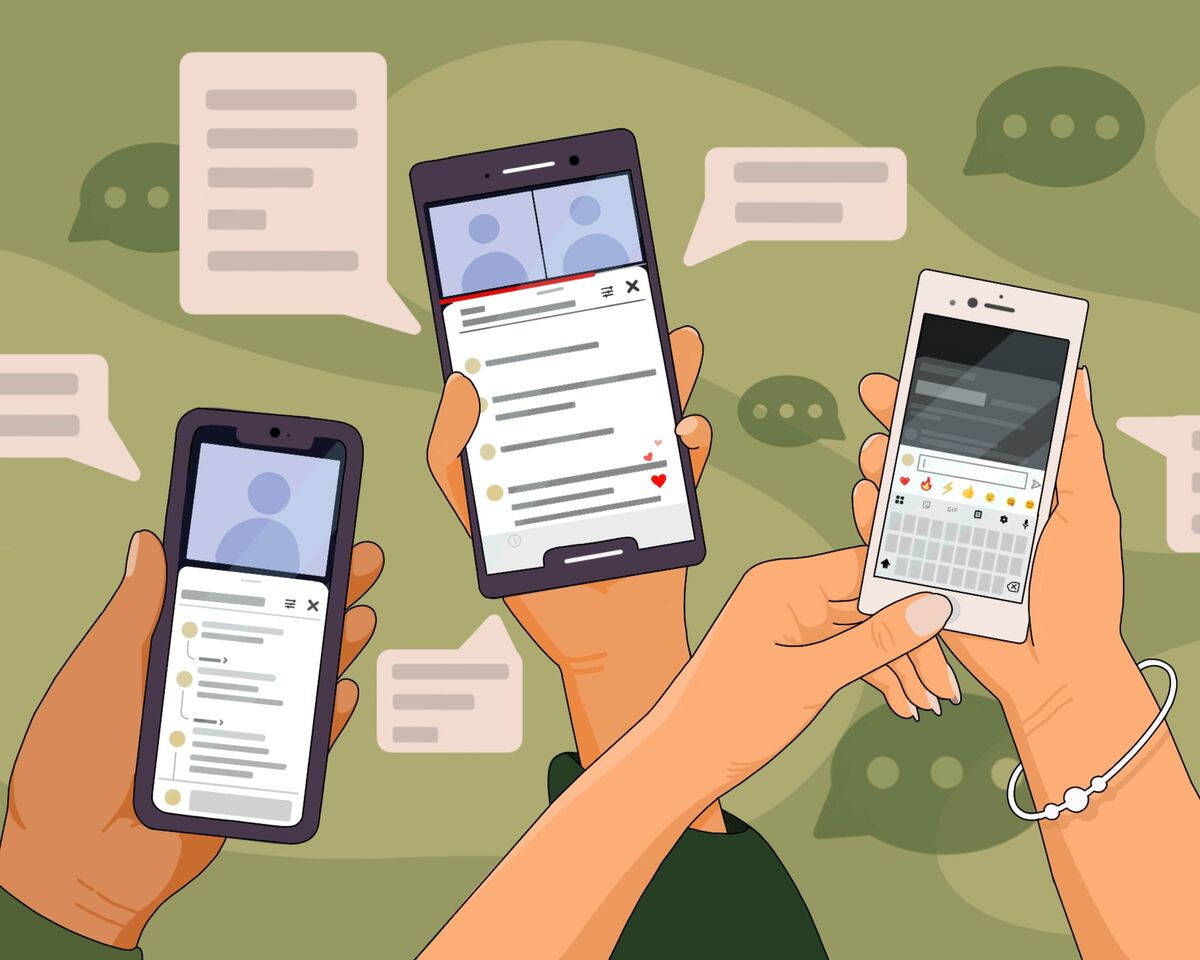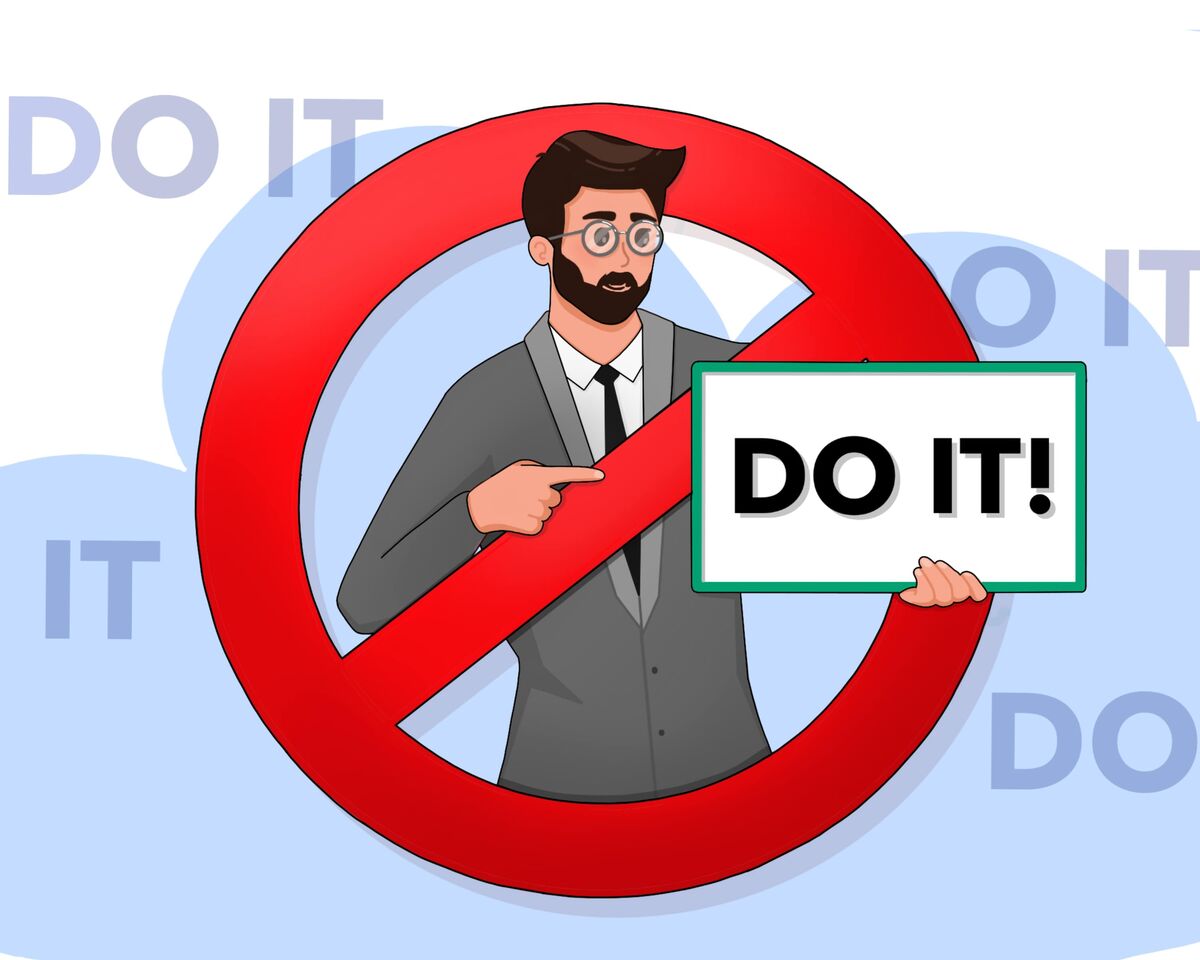Understanding Plagiarism, Prohibited, and Gray Area Content on YouTube
 It's unfair when some channels that violate the rules are promoted by YouTube, while others are bombarded with complaints and warnings.
It's unfair when some channels that violate the rules are promoted by YouTube, while others are bombarded with complaints and warnings.
YouTube can indeed be harsh, but experience shows that in nine out of ten cases, it's not YouTube at fault but rather the carelessness of the creators.
This may be painful and unpleasant to hear, but mature and reasonable creators must be able to acknowledge their mistakes.
In this article, we will explore the styles of content that YouTube “can't stand.” But, even more interestingly, what does YouTube turn a blind eye to?
Prohibited Content on YouTube
Every structure or organization has its own set of rules. In a library, you can't speak loudly; in school, you can't shout from your seat; and in some clothing stores, you can't enter with drinks.
Even if someone breaks these rules, they still exist. However, some individuals maintain a mindset of, "oh, it'll be fine, it’s no big deal." There's no judgment here; people have free will for a reason. Admit it, you or someone you know has probably jaywalked at a red light at least once, despite knowing there's a fine for it, right?
On YouTube, many operate under the same logic: "Yeah, there are probably some rules, but I don't really want to worry about them, maybe I'll get away with it." But then the first warning, the first strike, or a ban comes, and there's anger at this unfair YouTube, which, in essence, is just doing its job.
All this leads to one main point: the number one thing that YouTube cannot tolerate is breaking its rules.
There are several types of content on the platform that are removed without any discussion. Unfortunately, even passionate letters to their moderators explaining that "you misunderstood, this is different!" won't save you here.
- Spam and fraud
If you try to deceive users—trick them out of money, impersonate someone else, or send them broken links to steal their data—you will be banned.
- Sensitive content
In recent years, YouTube has been concerned with ensuring that children and teenagers on their platform are as protected as possible. Therefore, vulgar content, encouragement of self-harm, and nudity are swiftly taken down by YouTube.
- Violent and harmful content
This covers more than obvious scenes of violence or harassment. This rule includes any discriminatory and propagandistic content that could endanger the lives of YouTube users.
- Public Health, and Alcohol and Drug Policy
That means alcohol, any narcotic substances, weapons, fake documents, and so on. However, understand the following: YouTube does not prohibit discussing these topics for educational purposes. Sanctions will affect those promoting the sale or distribution of information on how and where to obtain illicit items.
- Fake information
This point requires special attention. It includes propaganda—political or medical—advocating for the rejection of medical treatment in favor of traditional methods, or calls for rallies that may influence political processes.
► Worth reading : Official Youtube post How does YouTube fight misinformation?
However, YouTube primarily focuses on education and entertainment, and it doesn't tolerate agitation, especially if it could harm people in the end. There aren't many of these points. Take the time to at least glance over the list of prohibited topics to protect yourself instead of trying to argue with the platform's rules. But what should you do if, for example, you run a historical channel that deals with controversial topics from an educational perspective? If YouTube understands that your videos have an educational, documentary, scientific, or artistic angle, then it will classify you under the EDSA exception, which is an abbreviation for these four types of content. Explore more here - Help.
However, there's another crucial detail: you must inform YouTube that your content doesn't violate community guidelines. Namely, by indicating disclaimers in the video credits or mentioning them within the video itself. You can also leave a warning in the video title or description. You can create the disclaimer yourself, or even turn to neural networks, like ChatGPT. Just set the conditions: which platform, which topics are covered — and you'll receive a well-crafted disclaimer. But if at this moment you think, "okay, then I'll just insert disclaimers on prohibited topics, and I won't get penalized for it!" — then we're sorry to disappoint you — you will!
Adding context to your EDSA content doesn't guarantee that you'll receive an exception.
YouTube reserves the right to evaluate how genuinely valuable and useful your work is. So the conclusion is: if there's an opportunity to avoid creating content that walks a thin line, then don't create it. Choose topics that are more neutral.
But if you're not afraid of challenges and are ready to put in the effort, then no one can stop you. Our task is to warn you, and forewarned is forearmed... but please, not in the literal sense!
Controversial and ambiguous content on YouTube
Content that falls in a gray area on YouTube can get you into hot water. These are political, medical, extrasensory perception, and occult activity channels. Usually, this type of content is not directly prohibited by YouTube, but it can be misleading or provoke a controversial reaction. For example, calls for violence, hostile attitudes towards individuals or groups, and statements that promote antagonistic activities. Content in these areas are often flagged by YouTube.
In a recent podcast, one of the creators of Think Media, who has been discussing all things YouTube for many years, Sean Cannell, talked about how he deals with restrictions on his personal channel. The thing is, he narrates his life through the prism of religion. Sean is a deeply religious person, so naturally, his videos contain references to the Bible and quotes. But in an era of combating hate speech, not everyone approves of the Holy Scripture. You can study the entire video, and we'll highlight the important excerpts.
"One of the things happening now is the labeling of 'hate speech.' I disagree with most of this; we should have freedom of speech."
"The Bible is my worldview. But people may say that the Bible contains statements that incite hatred. I disagree, but I respect that it can be interpreted that way. And I would even be happy to sit down and discuss where we disagree. Let's have debates, let's talk about it."
Sean believes that even if people may not like someone's statements and worldview, this is a good reason to have a conversation, rather than attributing everything to hate speech. Unfortunately, YouTube isn't yet ready or capable of parsing the nuance in complex topics such as religion.
Of course, gray or controversial content is rarely blocked, but that doesn't mean you won't face any consequences at all.. For example:
- Comments cannot be left on the video.
- It will not be recommended.
- Likes cannot be added to it.
It is logical that controversial content will also lose its ability to monetize. So, if create controversial content, you won't be able to earn money from it.
Duplicate Content on YouTube
And this is the very cherry on top for which the article was created! The thing is, duplicated content has a very unpleasant and tricky clone - plagiarism.
But before we delve into the distinction between these quirky siblings, let's understand what falls under the concept of "duplicated content on YouTube."
This is content that has already existed or exists on the platform, meaning it has been duplicated either fully or partially. There are four types of duplicate content on the Internet:
- Duplicate content(Duplicative) — refers to copies of videos within the same channel. For example, excerpts from your own best videos.
- Reused Content (Reused) — refers to a video that you, for example, recorded in another language and uploaded to one channel, and the same video, but with English subtitles, published on another.
- Looped content(Repetitious) — Examples may include selections like LoFi Girl, sounds of rain, fireplace, and so on.
- Copyrighted Content (Copyright) —this refers to uploading content that solely belongs to someone else.
And here is where the pitfalls begin because the above can have both legal and illegal uses. For example, you can buy a license for a song and use it as intended or download a film like "Oppenheimer" and upload it to YouTube as a good Samaritan. Or... as someone trying to get views at the expense of others' work.
As a creator you simply need to be aware of the following - in case of unauthorized use, you will receive a Content ID claim, and the copyright holder decides whether to remove or leave the offending content.
But if everything is legit, and you bought the license or the copyright holder agreed to your use, then you have nothing to worry about.
Plagiarism on Youtube.
Copyright law strictly adheres to its rules and protects the rights of holders. But in practice, creators face unpleasant consequences. What does this tell us? YouTube hardly fights plagiarism. Until creators start worrying and taking action.
For example, many YouTubers endlessly try to replicate the path and success of MrBeast. They use the same thumbnails, copy scripts, images, and even optimize videos identically. But why doesn't the most popular creator on YouTube react to this? Does he not care?
In one interview, Jimmy, better known as MrBeast, mentioned that he's well aware of creators copying his content. He's unhappy about it, not because of copyright issues, but because these creators don't want to think for themselves. They are not utilizing their imagination and original creativity.
And he's absolutely right about that. Let's imagine there are two approaches to YouTube: exploratory and imitative.
- The explorer engages in constant exploration and experimentation, and in 9/10 cases, something clicks. They draw conclusions, test everything firsthand, try new things, and based on the experience gained from their experiments, create unique content.
- Then there's the imitator, who takes someone else's successful experience and attempts to replicate it, analyzing and trying the same things time after time.
The difference is that both methods work, but in the first case, it's harder, more painful, and takes longer, yet it allows you to remain a unique creator and promote your ideas. The second method is faster and easier but lacks uniqueness.
The question is, what is your goal: creativity and self-realization with the subsequent opportunity to monetize it, or primarily monetization.
In the end, there are several types of content that YouTube unequivocally does not accept on its platform. However, there are various loopholes like publishing gray area content and plagiarism, which are generally allowed, yet sometimes frowned upon.
Now it's time to make a decision: are you ready to fight the system and possibly encounter consequences - blockages, copyright infringements, and various sanctions? Or are you going to create unique, creative content that is truly useful and interesting to your target audience? The choice is yours!




